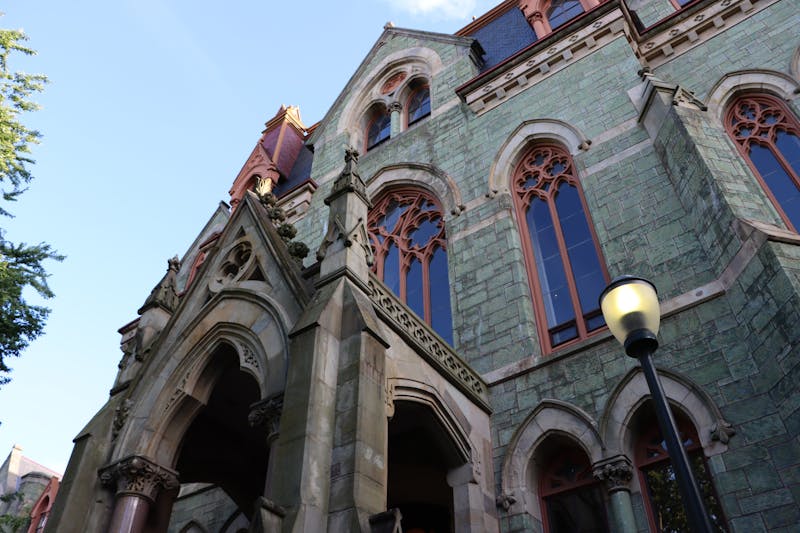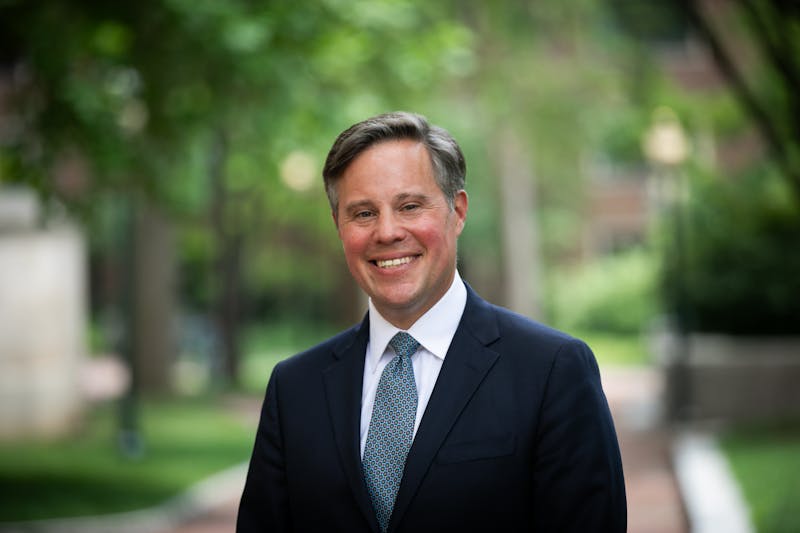
A fallen tree in Juniper Valley Park.
Credit: Caroline MagdolenAt the start of every school year in New York City, our social studies teachers focused their lesson plans on 9/11. Each teacher had a different approach. Some described their own experiences and encouraged students to talk to their parents about the event. Others had us watch documentaries. In a geography class, my teacher started with a case study of how we link diseases to specific locations, tying back to the lingering health effects among 9/11 survivors.
But one thing they always emphasized, without fail, was that almost all of our grade was born in 2002. We were the first grade they would teach where the majority of students had been born after 9/11. As I’ve gotten older and gone through more and more of these classes, it makes me question: How do I, or any of us, connect to 9/11 so strongly when we weren’t even alive when it happened?
In school, we studied the impact that 9/11 had on our communities, while also seeing the effects playing out before our own eyes. Teachers reminisced about a time when airplane travel was “anything goes,” and they didn’t have to pass through strict airport security, much like how we may lament pre-COVID-19 travel in the future. Gradually, we started to discuss instances where post-9/11 patriotism went amiss: We learned about anti-Muslim rhetoric and hate that grew following the PATRIOT Act, as well as the Iraq and Afghanistan wars, which have cost thousands of lives and trillions of dollars.
Growing up, my parents and I usually went to the 9/11 candlelight vigil held in Juniper Valley Park, where we stood with our neighbors to remember 9/11. We spanned generations and cultures. There were elderly Italian Americans, alongside their children and grandchildren, who often sat on their stoops and made small talk with passersby. Many of them had personally lost loved ones. There were also recent immigrants, like my mom and dad, and lots of children, ranging from high school seniors to toddlers.
As a kid, I didn’t enjoy the vigil very much. I was scared of fire (and never held the candles), and like most kids, I was impatient. It was the same thing every year, I would think. It functioned like clockwork.
In reality, the memorial was fluid and changing every year. Yes, there were roughly the same local politicians speaking every time, at the same meeting spot, with the same sequence of events, but things were also changing. In 2011, leading up to the 10th anniversary, volunteers and landscapers came together to plant a commemorative garden in Juniper Valley Park. It was a beautiful sight, and a necessary monument if we are to never forget what happened. But with the construction of this memorial, I fear that 9/11 will inevitably recede into the background, as other key historical events have, and it will be thrown into a list that students are forced to memorize. It won’t always be the all-encompassing learning experience that it has been for me and my peers every year in New York City. In the fall of 2018, the 17th anniversary, I scrambled to finish my history homework and got to Juniper Valley Park two hours late. There were only a handful of people there. Did the event always finish so quickly, or had it ended earlier than before?
Last year, the candlelight vigil was held virtually. I am not sure how many people attended, but I do know that for the first time, the vigil included not only the names of Middle Village residents who died on 9/11, but also rescue and recovery workers who died from 9/11-related illnesses. I thought of Catherine Choy, an alumna of my high school who was interviewed for an HBO documentary on 9/11, only to pass shortly thereafter from 9/11-linked gastric cancer. The effects of 9/11 still reverberate through New York City, but for how much longer will we be remembering them in the same capacity that we once did? After COVID-19, will our memorials ever be as large and meaningful as they once were?
Change is necessary, and perhaps the only constant in this world. When my mom and dad first moved to Middle Village, the Twin Towers rose over young saplings in Juniper Valley Park’s field. The towers fell, but we bounced back: The skyline now is denser and taller than it was before, but so are the trees. Some of the saplings didn’t make it. Since they were planted, Central Queens has endured tornadoes, hurricanes, and flooding, but nevertheless, the now-mature trees obscure most of Manhattan’s skyscrapers. Kite flyers, dog walkers, and aspiring baseball and soccer players now intermingle in the field where our candlelight vigil is held, appreciating the trees’ shade when they need to take a break.
And when the sun goes down on 9/11, the Tribute in Light shines bright blue, up and over the trees, an ethereal presence in a living and breathing city. I don’t know what the Juniper Valley Park candlelight vigil will look like 20 years from now, or if it will still continue to happen. But I do know that even as memories of 9/11 grow distant, New Yorkers will continue to gather in one way or another, valuing their camaraderie and emotion anew.
CAROLINE MAGDOLEN is a College and Engineering sophomore studying systems engineering and environmental science from New York City, N.Y. Her email address is magdolen@sas.upenn.edu.
The Daily Pennsylvanian is an independent, student-run newspaper. Please consider making a donation to support the coverage that shapes the University. Your generosity ensures a future of strong journalism at Penn.
Donate






